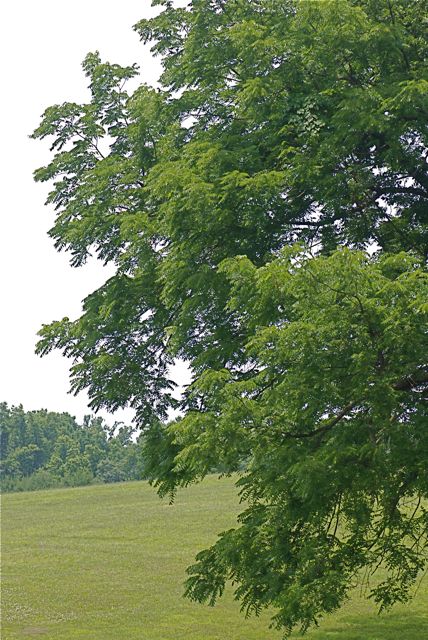There are a lot of things going on this month.
Look for Space Day celebrations May 7-8, 2010. In the left sidebar is a set of middle grade lesson plans to download for free. The “Other Resources” is a .pdf file of a chat with four former astronauts. There are also games and links.
The NSTA (National Science Teacher’s Association) blog has a number of interesting posts.
The first is a short list of websites with information about the recent oil spill.
I was particularly interested in the post: Are children getting enough direct experience with natural materials? The middle and high school teachers were bemoaning that most of the children in their classes had little exposure to real organisms. For example, most of their students had never seen a real grasshopper! The teachers in the blog post blame the elementary teachers, but I think that is unfair. I recently was going to visit a second grade class room with live insects, but my visit was canceled because the classes were too busy with standardized testing.
Elementary teachers have an enormous amount of pressure to get their students through a battery of standardized tests. Their jobs may be at stake. But obviously this emphasis on testing has unforeseen consequences for the students’ future success, at least in science.
What do you think?
For more information on oil spills for children:










